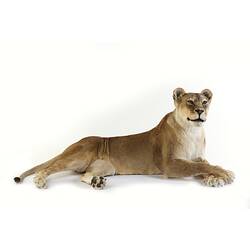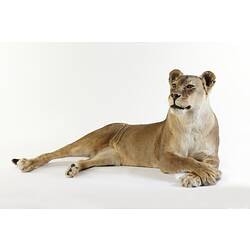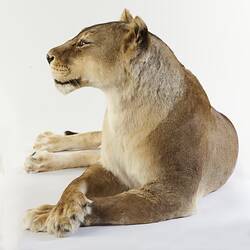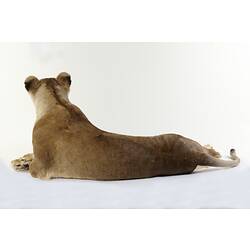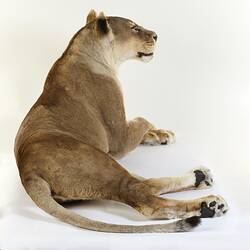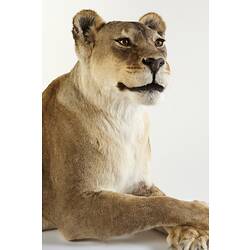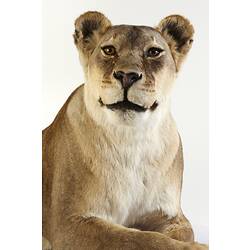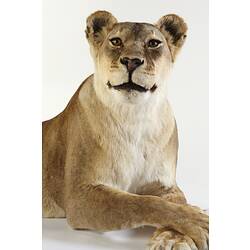Summary
Gopha (pronounced, Go-pah) was a female lion born at Melbourne Zoo in 1990. She later moved to Werribee Open Range Zoo where she died at the age of 18 in 2009.
Lions occur in most sub-Saharan African countries and in India but there are no wild populations outside of designated protected areas. Populations of lions have declined over 40% since the early 1990s. The major causes of their population declines are humans killing them in self-defence, loss of habitat and reduction in numbers of their prey, often also due to loss of habitat or poaching. In the past, hunting has been linked to population decline, but well-regulated hunting now appears to have a positive impact on conservation efforts.
Assessing the conservation status of lions is complicated. In some areas of their range populations are Endangered or Critically Endangered, but in others they are more secure. In some places populations are even increasing. Considering the species across its entire range, the International Union for Conservation of Nature (IUCN) lists lions as being Vulnerable. Trade in lions or lion products from wild populations is prohibited by the Convention on International Trade in Endangered Species (CITES) to ensure that international trade does not threaten them with extinction.
In addition to the mount of Gopha on display in our Wondrous Planet, the Museums Victoria Research Institute has preserved the frozen tissue from Gopha.
Specimen Details
-
Taxon Name
-
Preferred Common name
Lion
-
Identified By
Werribee Open Range Zoo
-
Number Of Specimens
1
-
Sex
Female
-
Stage Or Age
adult
-
Specimen Nature
Nature: Mount, Form: Dry
-
Collected By
Werribee Open Range Zoo
-
Sampling Method
Died in captivity
-
Category
-
Scientific Group
-
Discipline
-
Collecting Areas
-
Type of Item
Taxonomy
-
Kingdom
-
Phylum
-
Subphylum
-
Class
-
Order
-
Suborder
-
Family
-
Subfamily
-
Genus
-
Species Name
leo
Geospatial Information
-
Precise Location
Captive (Werribee Open Range Zoo)
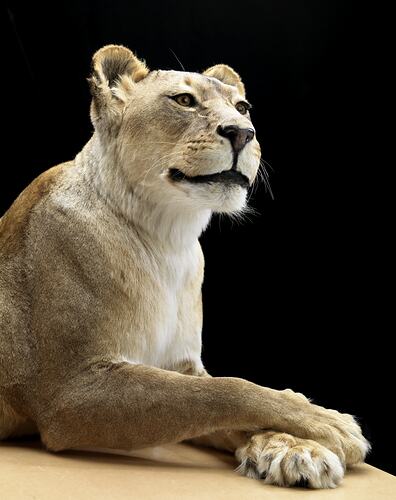
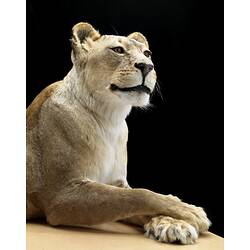
![<em>Panthera leo</em>, Lion, "Gopha.". [C 38142]](/content/media/34/1957534-thumbnail.jpg)
